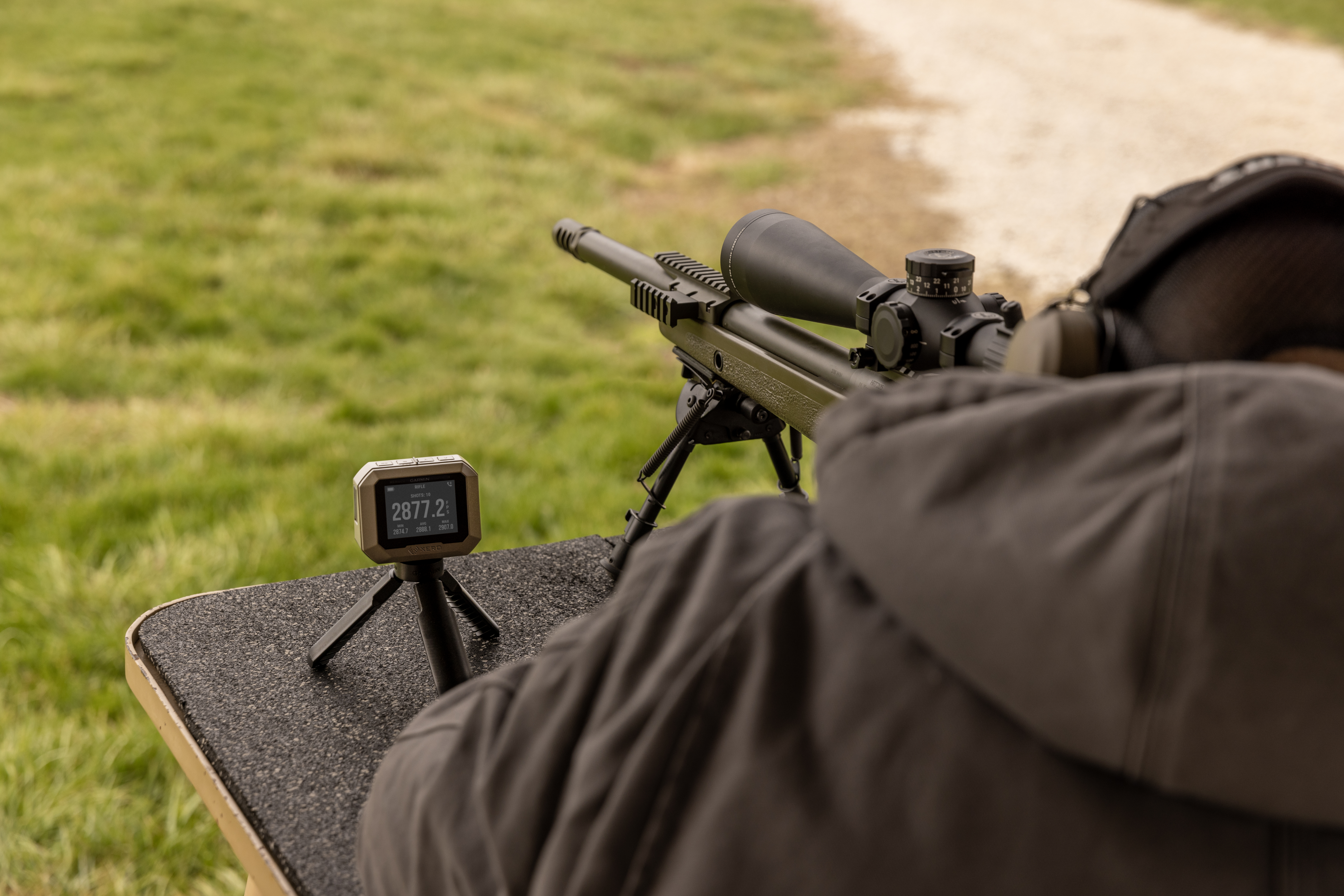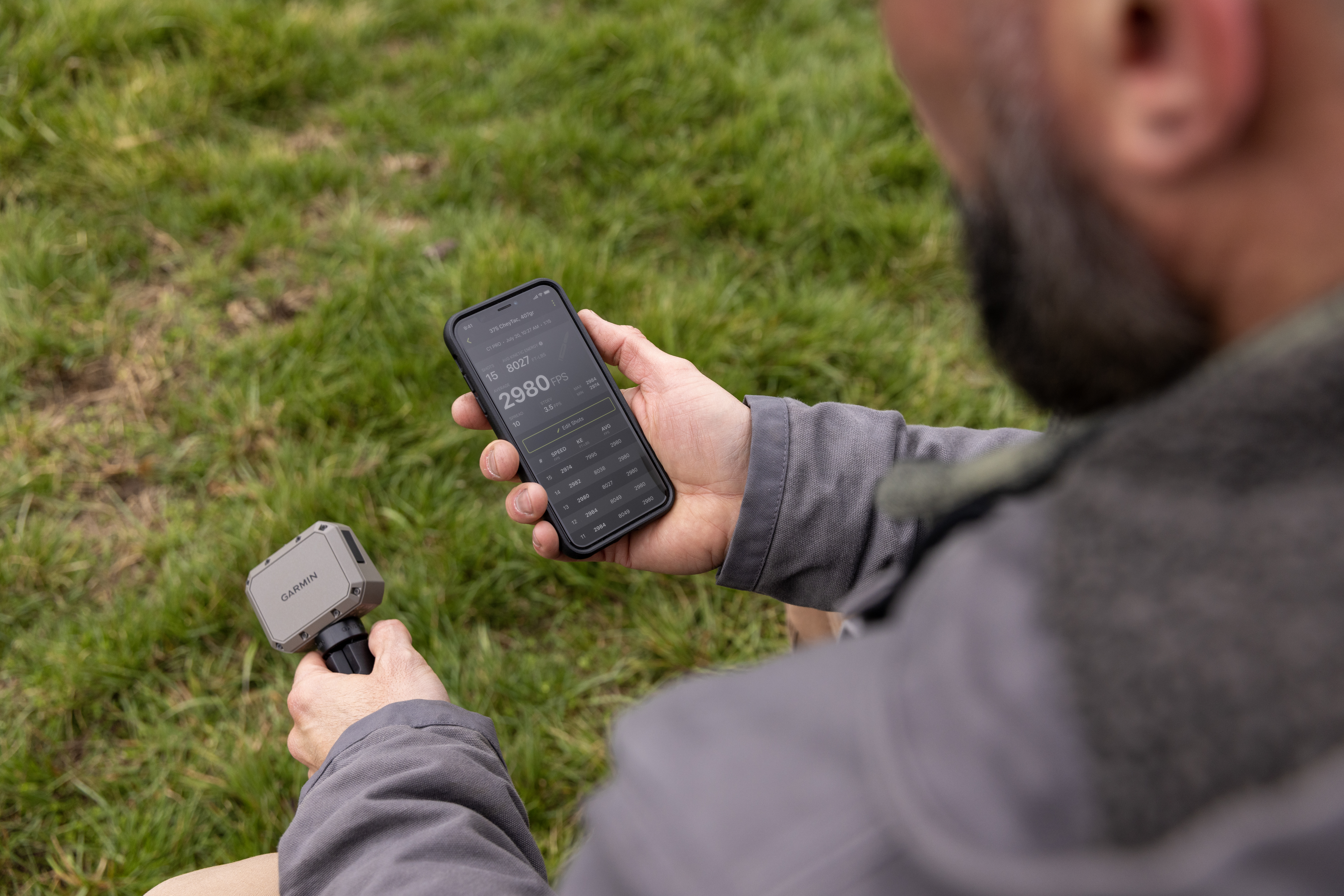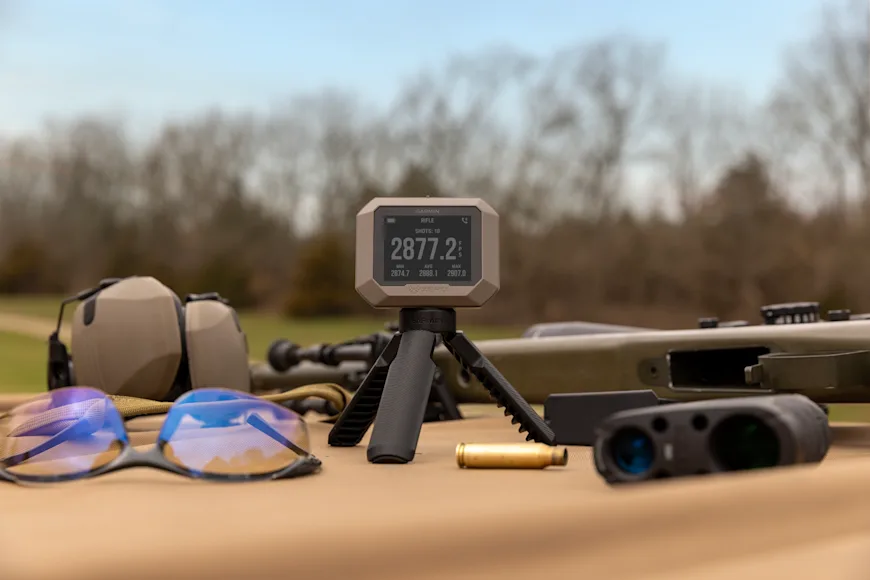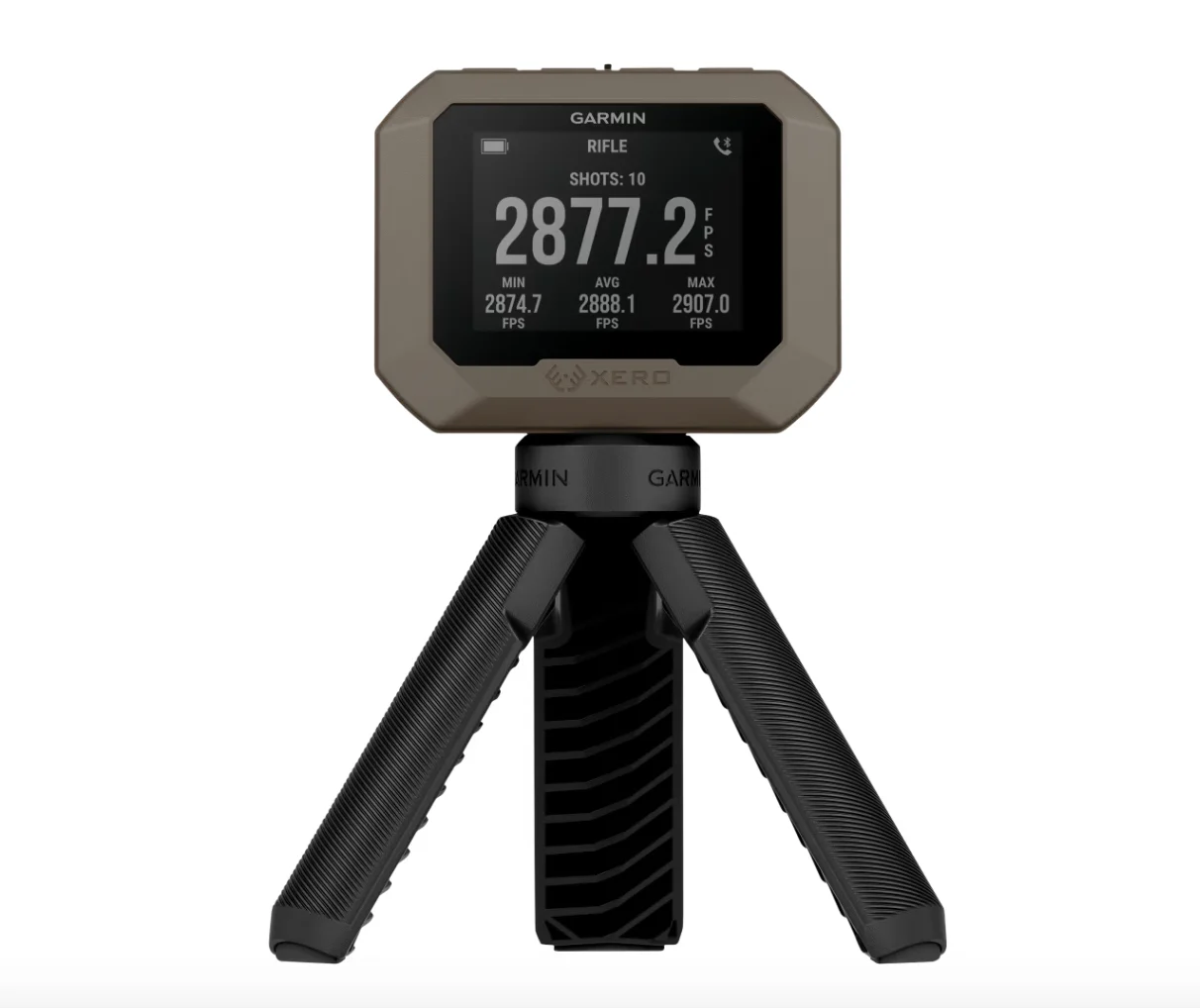Garmin’s Xero C1 Pro ballistic chronograph is taking the long-range and competition-shooting worlds by storm, with gun writers using phrases like “game changer” and “too good to be true” to describe it. To be fair, gun writers use those phrases almost as often as they say things like, “hello” and “I get that for free, right?”
Still, the Xero C1 Pro is creating a buzz for good reason. I’ve been testing one—yes, a free sample—for the past couple months and have found it to be extremely useful, including for everyday hunters. Here's what you need to know about the Xero C1 Pro to decided if you should get one.
Garmin Xero C1 Pro Specs
Doppler radar operated
3 x 2.4 x 1.3 inches (without tripod)
3.7 ounces
Rechargeable lithium-ion battery (USB)
ShotView App and Bluetooth compatible
$599.99
Who Needs a Chronograph?

Obviously, a good chronograph is essential equipment for folks who are handloading ammunition, setting up custom scope turrets for distant shots, or preparing for a shooting competition. But most hunters don’t own a chronograph because the need for having one traditionally has not outweighed the hassle of using one. If you want to know the approximate velocity of your rifle cartridge or duck load, you read it on the box, knowing the number is close if not exact. Serious bowhunters might rent a chronograph at the local archery pro shop to compare their real-world speeds against IBO specs, but few are dropping the coin to own one themselves.
Optical chronographs, which are the most common, have sensors that measure the speeds of various projectiles passing over them. They work well, but they’re kind of a hassle. My old chronograph, for example, is carried disassembled in a case. Put together, it’s 18 inches wide and mounted atop a flimsy, 4-foot tripod. It’ll work in the sunlight, sometimes, but it’s more reliable indoors or in the shade, which can be a problem when you need to clock a 300 Win Mag load.
To get consistent readings, you must also stand in roughly the same place, and shoot the arrow or bullet through roughly the same spot over the sensors. You must be close enough that you don’t accidentally shoot the chronograph (which I’ve seen happen), but far enough back, at least with a gun, that the muzzle blast doesn’t affect the reading. Mess any of that up, and “Error” readings are the result. It’s rechargeable, but a charge doesn’t last long. The Garmin C1 Pro is such a hit because it solves so many of these problems.
Garmin Xero C1 Pro Chronograph Review

Years of experience with optical chronographs made me appreciate the Xero C1 Pro even before I turned it on. It’s about the size of a deck of cards, it weighs less than 4 ounces, and it mounts to a tiny collapsible tripod. It can be used indoors or out, in the bright sunshine or in the rain. Its controls are simple, with four buttons on the top: "Power," "OK," "Up," and "Down." It has a USB charging port on the side.
I took my sample unit out of the box, charged it, and then took it out to my backyard range, along with a .22 pistol and a couple loaded magazines. When I turned the Xero C1 Pro on, prompts on-screen told me exactly what to do. I hit “New Session,” selected “Pistol,” input a velocity range of 600 to 1700 fps, entered the 40-grain bullet weight, aligned the muzzle over the top of the chronograph as instructed (5 to 15 inches high), and started shooting. Within about 2 minutes, I’d recorded my first string of shots and was able to instantly see the average velocity, standard deviation, extreme spread, and kinetic energy. Later, I downloaded the Garmin ShotView app to my phone and paired it with the chronograph. Using that, I had the option to save my shot strings to review and, if I want, compare to other loads later on. I’ve reviewed very few pieces of equipment that had a shorter learning curve that this chronograph.
How is that all possible? Unlike an optical chronograph that relies on sensors, the Garmin unit uses Doppler radar to capture the information. Can I explain to you how that works? I won’t even try. But Garmin claims that it will record speeds from 100 fps up to 5,000 fps, along with all of the information I outlined above. It’s powered by a rechargeable battery that purportedly lasts for 2,000 shots.
But Do You Really Need the Garmin Xero C1 Pro?

My old optical chronograph costs about $300 new, and the Garmin Xero C1 Pro will set you back about twice that amount (unless you’re a gun writer). You’ve made it all this time without needing a chronograph, so why should you invest in one now? For starters, it eliminates just about all of the hassles previously associated with using chronographs. And if you’re even slightly interested in knowing the ballistics of your hunting equipment and getting the most out of it, it is genuinely useful—and actually fun to use.
Used to be, when I had to chronograph something for a story, I grumbled and complained while assembling my old unit and checking all the boxes to be sure I got good readings. With the Garmin, I’ve gone a bit chronograph crazy. I was curious to see the ballistics of a few different 38 Special hollowpoints, for example, since I carry a J-frame in my pocket just about every day of the summer. I learned that the load I was carrying didn’t have quite the punch advertised on the box, and so I switched to a different one. Squirrel season is coming up, and I tried several different loads through a few of my favorite rimfire rifles ahead of it because, why not? And of course, I had to check out the speed of my finished 475-grain hunting arrows through the new compound bow I’m setting up to use this fall. All of that work combined has taken me maybe 20 minutes with the Garmin.
Looking ahead, I will also use this chronograph to fine-tune the scope and zero on my crossbow so that I know what it’s doing at 50+ yards, and to check any differences that changing broadheads or point inserts might make. I’ll also be using it to help set up rifles and scope turrets for a couple elk hunts I have coming up, and I might even input the profile of the load I’ll be shooting into the ballistic app so that I know exactly how to dial for a distant shot.
While I’m at it, I’ll be shooting all of my favorite deer rifles, muzzleloaders, duck, and turkey guns on the range, too. I might as well check to see what my favorite load combinations are doing through each of them—and whether or not there’s room for improvement. You don’t have to be a handloader or competition shooter to benefit from a tool that will provide all of that, and fit in a shirt pocket too.



